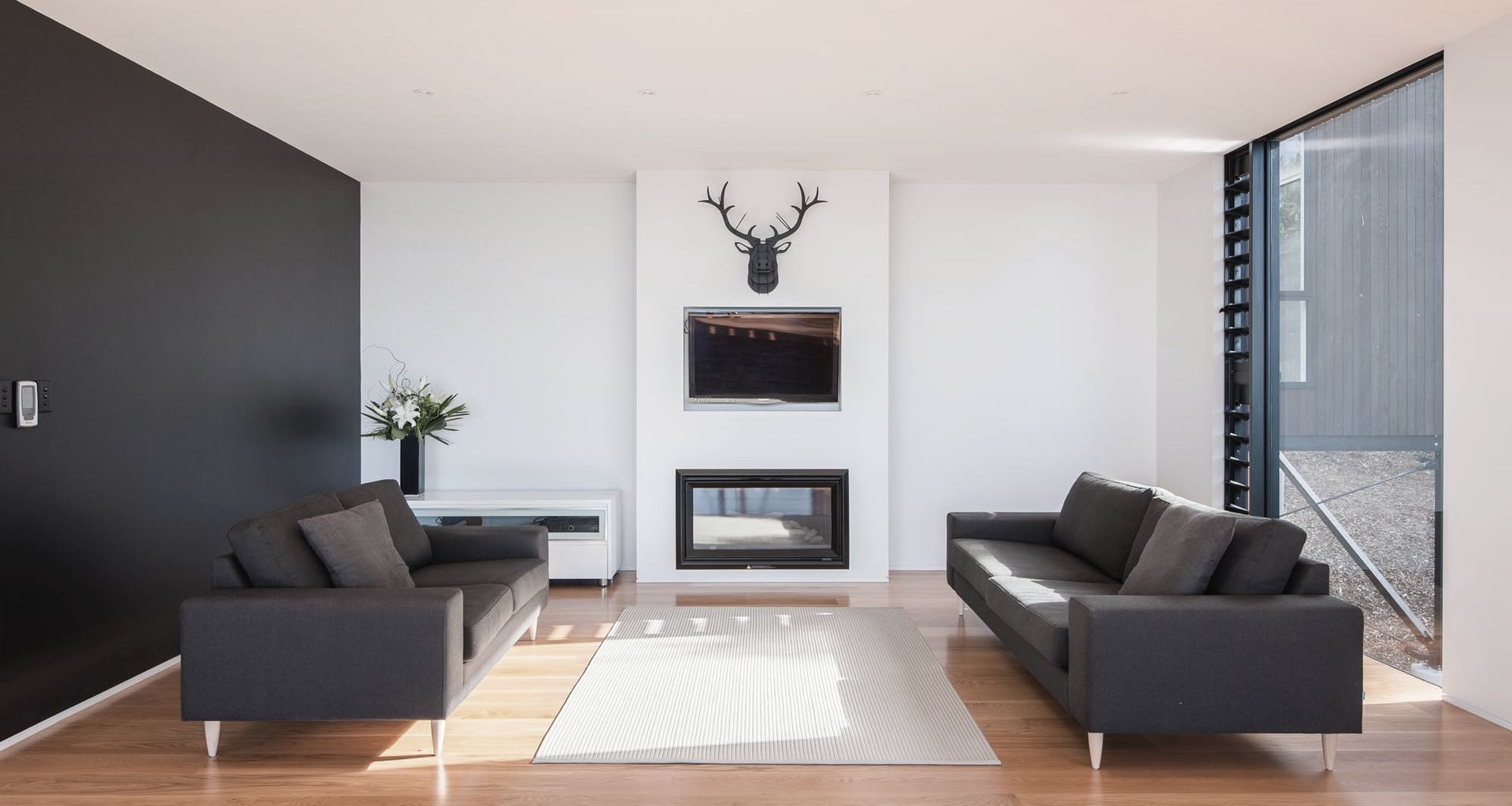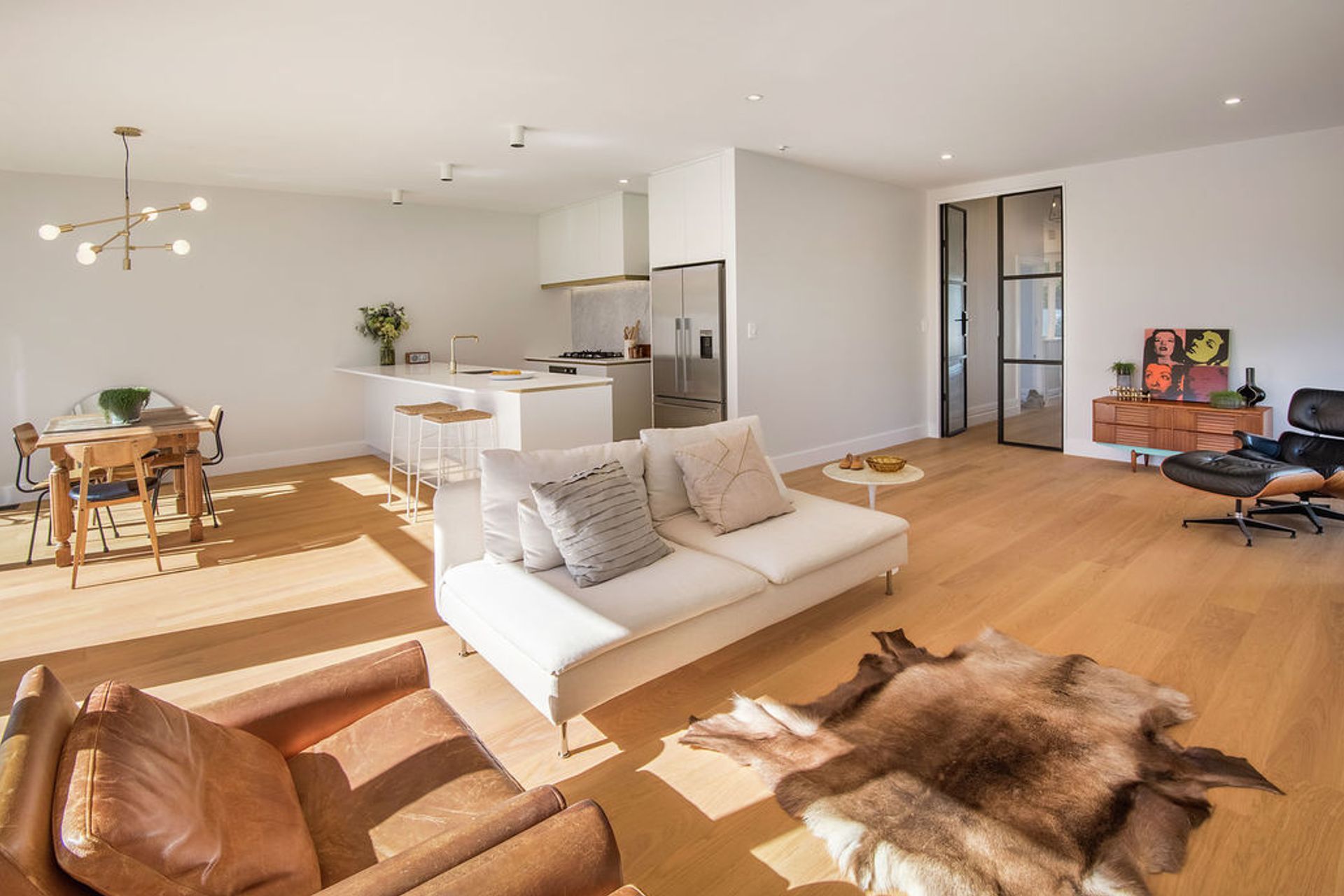Timber Flooring: How Timber Floors Respond to Heat

From the heat in summer to the cold winter chills, the indoor temperature in our homes can fluctuate dramatically throughout a year.
Prolonged exposure to direct or indirect heat from the sun, heaters, fireplaces and underfloor heating can have a detrimental effect on your wood flooring if you are careless.
Here are some important things that you need to know about how your timber flooring might respond to heat in your home.
Air Temperature + Humidity
Changes in humidity is another contributor to wood floors potentially swelling, shrinking, cupping or gapping between boards. Using a dehumidifier or similar systems will assist in achieving a consistent humidity level but aim for an Average Relative Humidity of around 40-70% and an average indoor temperature between 18-25 degrees celcius. This indoor average should not exceed 35 degrees celcius.
Filtering sunlight through curtains, blinds or UV treated windows and doors is an effective way to slow down any colour changes to your flooring.

Sun + UV Exposure
Timber floors exposed to direct sunlight can soften the tone of different timber species to varying degrees and can accelerate the darkening of wood colouring due to a process called oxidisation. This is also known as aging or weathering.
This direct sunlight can lead to gapping or cupping of the floor boards (board edges being higher than the centre of the board). Filtering sunlight through curtains, blinds or UV treated windows and doors is an effective way to slow down any colour changes, control the gap widths between boards and reduces the direct heat from north facing rooms that are exposed to a lot of sun.
Air Circulation
Avoid leaving rooms with timber flooring locked up for long periods of time during warmer weather. Any wood flooring requires some air circulation to prevent boards from shrinkage. If you are out for the day or plan to be away on holiday. An easy measure to prevent this is ensuring that the house is ventilated during this time. Oven like conditions can be created when houses are closed up and this is where you may start to see signs of board shrinkage, splitting and cupping in your flooring.
Any wood flooring requires some air circulation to prevent boards from shrinkage.

Underfloor Heating
Preferably, the underfloor heating should be turned on 2 weeks before the timber flooring is laid. Once the flooring is installed, the concrete SLAB temperature should never exceed 27 degrees Celsius.
Ideally the slab temperature should sit around 24 - 25 degrees Celsius. Once the floor has been finished it is best to slowly alter the temperature, moving it either up or down by 1 degrees Celsius per day to begin. A sudden change in temperature will damage your flooring and failing to follow this recommendation, can cause the floor to expand, shrink, split or cup.
For best performance, the heating system should be operating at all times, all year round to avoid the floor cooling and taking on moisture from the environment. If the underfloor heating does not run at a constant temperature all year round, more movement should be expected in the timber flooring, with gaps appearing and closing up from season to season.
